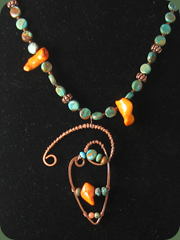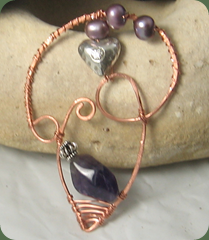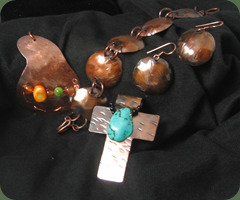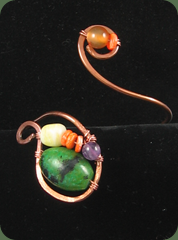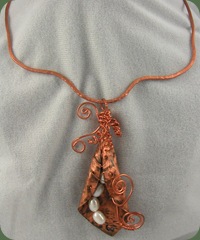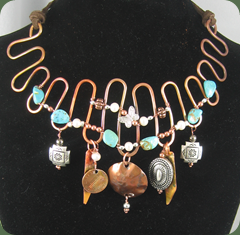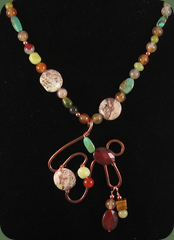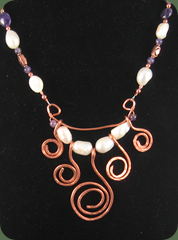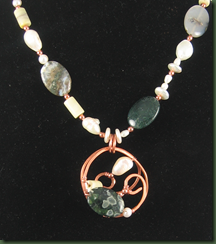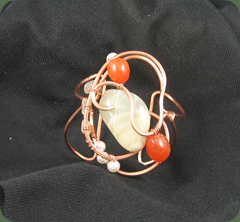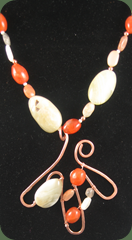Where do people go for simple jewelry repair or modification? It appears that there aren’t too many folks who will take a strung gemstone piece in to a fine jewelry store for lengthening or shortening. But, let’s face it; we’re not all the same size and modifications are sometimes needed. A tiny customer in one store told me she has seldom found a bracelet that fits her slender wrist and that most necklaces are too long. The opposite, of course, although seldom stated out loud, is the heavy set woman who struggles with length for a different reason. Also, we all have one problem . . . things break. We drop a piece or it gets hung on something and then we’re left with a mess. This happens in the boutiques even before a piece is purchased leaving the boutique with jewelry it cannot sell.
I make repairs. It’s probably one of my least favorite tasks, similar to mending a garment. It is, however, a task that is sorely needed. It doesn’t have to be jewelry that I have made, I’ll try to fix most anything. Repairing or modifying a piece of jewelry seldom takes much time and is greatly appreciated by the customer or boutique owner. I always carry my tools with me when I visit boutiques that sell my jewelry. You’d be surprised how a crimp here and a clasp change there can make a woman happy. It’s especially nice if I can take care of the piece while I’m at the store without having to transport it back and forth or mail it. I laughed at the nursing home today where my mother has been for seven years. I think the nurses must send out a signal when I arrive. One came from out of no where to show me that she had lost an earrings and hoped I could make a match for the remaining one. Another, that I’d never seen before, was delivered to Mother’s room by her friend who said she just knew I would be able to fix her pin. Today was not unusual; I do a good deal of mending and/or modification for people who work there.
The store from Maine that buys my jewelry sent me a little package of jewelry that needed repair and a pair or silver earrings that a customer wanted me to make in copper. A Texas store had another little bundle of things that a customer brought in for modification. These jobs have kept me busy most of the last few days.
If you are a designer who hasn’t ventured into repairs and modifications, don’t expect this part of the work to produce an economic boom. Little money exchanges hands when I repair or modify jewelry and I don’t charge anything for modification of a piece I originally made. The exchange is, however, quite pleasurable. People want their jewelry to fit and I can help that happen. A broken piece may have been something that was treasured and its repair yields happiness. For example, a woman once brought me a very inexpensive necklace needing a clasp repair. She said she knew the necklace wasn’t very pricey, but her husband purchased it for her on their honeymoon so it was quite valuable to her. I fixed it and she was extremely happy. She thanks me every time I see her. I made necklace extenders in copper and in silver for a larger boned woman so that her necklaces from more slender times would fit. She, too, continues to thank me and purchases my pieces when the opportunity arises.
One of my favorite sayings when people ask what they owe me is “pass it on.” I believe if we do something nice for a person she may just pass it on and do something nice for someone else. I’m not looking for reciprocation of a good deed. I’m just trying to incite the next one. A little jewelry repair here, a smile there and who knows . . . let’s just pass it on.





